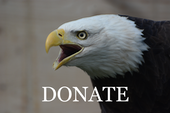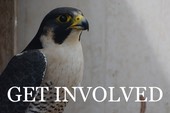Three American White Pelicans in three days
The first Pelican arrived on Thursday. It flew into a yard in John Day, OR, then didn’t have the strength to leave. The only visible injury was a small wound on the bird’s lower back. It was emaciated and had an estimated white blood cell count of 39,600, indicating it was fighting some type of infection.
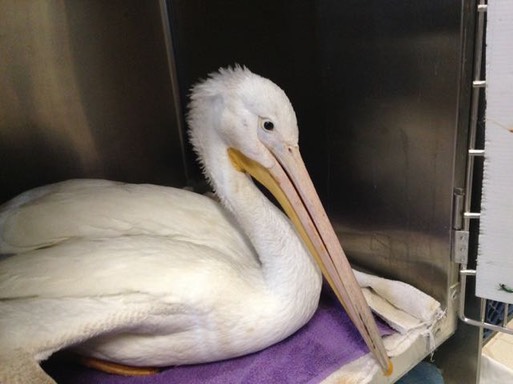
A radiograph showed it had a “doughy abdomen.” We have not been able to determine the cause. It’s kidneys seem to be working as it is able to pass urates, but no fecal material has been produced even though fish are being consumed.
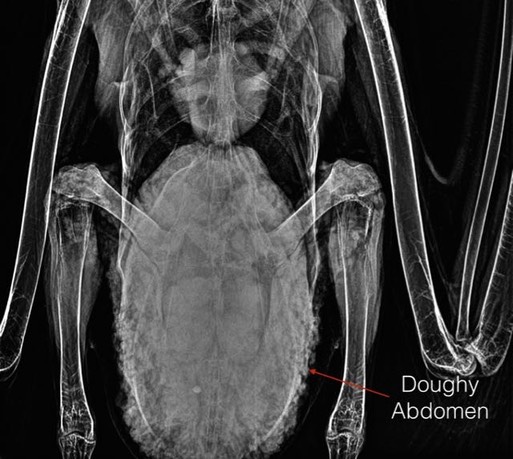
Screech At The REACH
On Friday we attended Screech at the REACH at the Hanford Reach Interpretive Center, a time to explore the myths and truths about the creatures of Halloween. BMW’s Sage and Helen, a Great Horned Owl and Barn Owl respectively, were great hits.

We released a rehabilitated Great Horned Owl at the beginning of the evening, and came home with four injured birds: Pelican number two, a Great Horned Owl, a Screech Owl and a Sharp-shinned Hawk.
Pelican 16-847
The second Pelican was captured by WDFW biologist Jason Fidorra near The Tri-Cities. WDFW had received reports of the injured bird for several weeks, but pelicans are challenging to capture in the water. It required a short sprint, but Jason was able to capture the Pelican on land. Sadly, a radiograph showed it had been shot, badly damaging the bird’s left shoulder. Euthanasia is the most humane option.
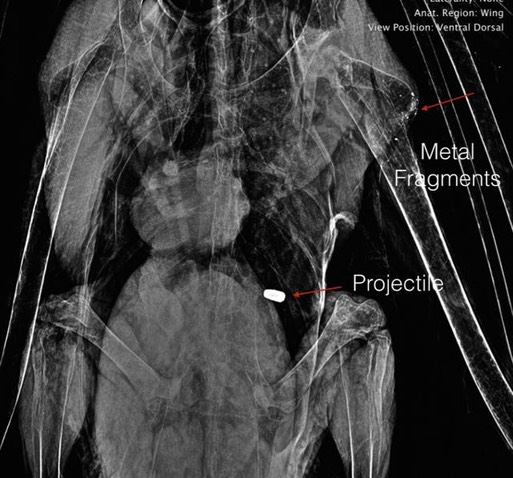
Pelican 16-849
Pelican number three arived on Saturday. It was spotted by elk hunters who captured it in the creek at Gurdane. (I don’t know if there was ever a town at Gurdane. Now it is a place about 45 minutes south of Pendleton, out in the middle of nowhere.)

It’s hard to know how the pelican could have broken his wing. Perhaps he crash- landed in the fog. The injury was old. The damage to the elbow was not repairable. The bird would never be able to fly and was humanely euthanized.
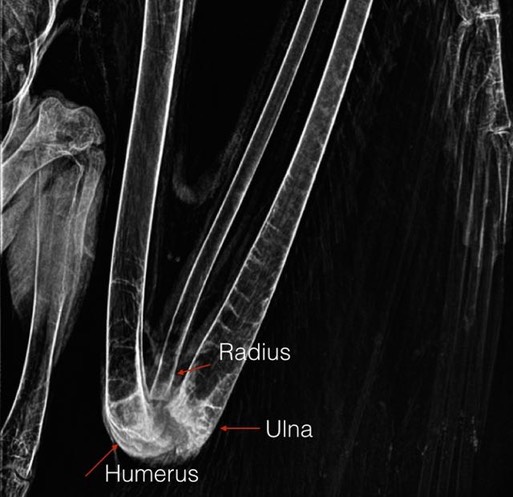
Thank You to The Kinsman Foundation
Blue Mountain Wildlife received notification from The Kinsman Foundation of a $12,000 grant to be used for operating expenses in 2017. We are very thankful to the foundation for their generous support.
Pelican Trivia
Pelicans have a vein that runs along the margin of their lower bill. It is the perfect place to insert an intravenous catheter. A drop of super glue holds the catheter in place. Steri Strips fasten the catheter extension to the bill and skin.



